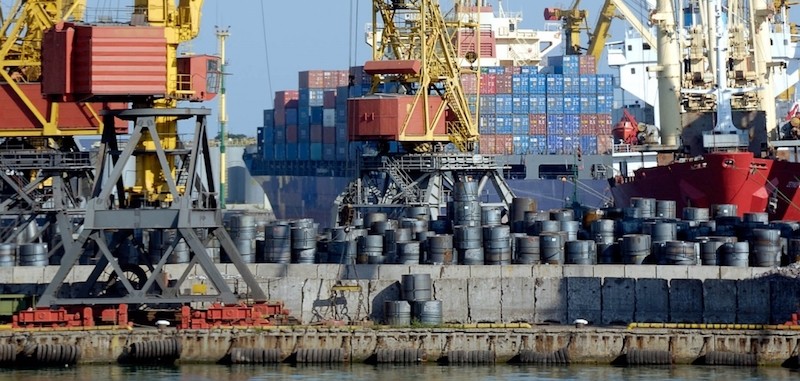On June 15, the House Subcommittee on Coast Guard and Marine Transportation held a hearing on the affect of shipping container shortages and increased demand on North American supply chains.
The subcommittee heard testimony from the Federal Maritime Commission, World Shipping Council, Port of Los Angeles, International Longshore and Warehouse Union, and two agricultural groups — the National Pork Producers Council and Bossco Trading.
In their testimony, the two agricultural representatives — Alexis Jacobson of Bossco and Jen Sorenson of the National Pork Producers Council — described the loss of sales and profits due to persistent delays and congestion. "There are few steps of the process where ocean carriers have not proposed a challenge for agriculture exporters trying to market American goods, and we need the help of the Federal Government in order to begin the recovery and normalization process," Jacobson said in her testimony.
"U.S. pork producers need Congress and the administration to work together to quickly engage and address these shipping delays, enabling hog farmers to continue to lead the way as a vibrant American farm sector that is critical to the rural and overall U.S. economy," Sorenson testified.
Containerized agricultural exports (including grain) have held strong over the past year, according to the U.S. Department of Agriculture (USDA). Despite ongoing extreme export challenges, containerized grain exports actually increased 32% in first quarter 2021 over the previous four-year average,the USDA said.
Over the past 11 months, the "deluge" of containerized imports to the U.S. has made it extremely difficult to export containerized products, including agricultural products, the USDA said. Record-high volumes of import containers have clogged the busiest U.S. container ports, delaying the loading and unloading of vessels, as well as delivery and receipt of containers. The excessive volumes of import containers have stressed nearly every segment of the supply chain, including warehousing, trucking, rail service, inland and ocean terminals, container availability, and vessel service. Stresses posed by the excessive volumes have created unprecedented challenges to securing ocean service, finding available containers, and absorbing rising freight rates and ancillary charges, the USDA reports.
The most severe congestion persists at the ports of Los Angeles/Long Beach, and Oakland, Calif., though other regions, such as Savannah, Ga., have had periodic vessel backlogs as well, the USDA said. As a result, at the ports of Oakland and Los Angeles/Long Beach, vessels now typically wait in the harbor from five days to three weeks before being allowed to berth. Ongoing congestion and its ripple effects manifest in other ways as well:
• Port congestion and slow container turnarounds inside the terminals have exacerbated the ongoing truck driver shortage.
• Further adding to congestion, marine terminal operators are operating with a severe shortage of railcars (relative to demand) for transferring containers from ocean vessels to trains.
• The spike in intermodal container traffic over the past several weeks has caused railroads to run out of track storage capacity once the traffic reaches Chicago because unloading capacity in Chicago has been exceeded.





